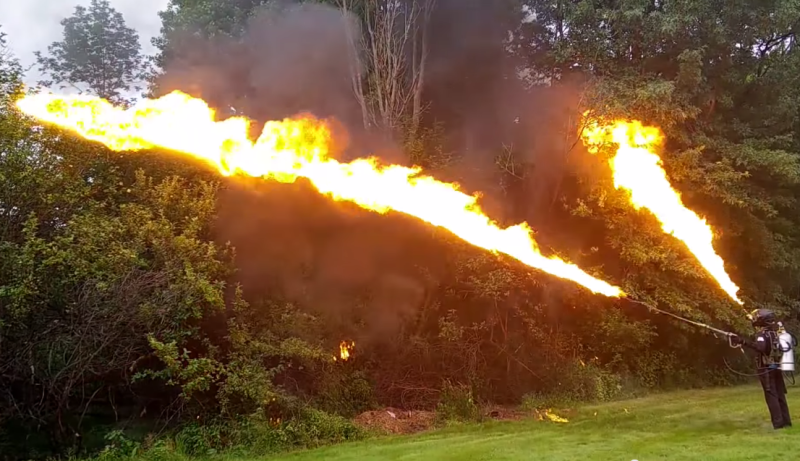SIG MPX™submachine gun
Sig Sauer
SIG MPX™
A New Standard Has Been Set.
Unconventional design. Unmatched performance. The SIG
MPX™ redefines the submachine gun category with a new level of operator
safety, in-field adaptability and proven reliability in the harshest
environments. There’s nothing else like it. And it’s only available from
SIG.
Scroll
Ready to Serve.
Every aspect of the SIG MPX firing
system has been rigorously designed and tested. So in the heat of the
moment, you can respond confidently and effectively, even under adverse
conditions.



Additional Features
 Bolt Held Open on Last Round Fired
Bolt Held Open on Last Round Fired Flared and Beveled Magwell for Easy Reloading
Flared and Beveled Magwell for Easy Reloading Ambi Bolt Release
Ambi Bolt ReleaseAdapt and Overcome.
The SIG MPX gives users the freedom to
change barrel length, caliber and stock configuration, all while in the
field. There’s no challenge too big or too small for this highly
versatile firearm.





Optional Features
 Convert to 9mm, .357SIG or .40S&W
Convert to 9mm, .357SIG or .40S&W 10-, 20- or 30-Round Magazines
10-, 20- or 30-Round Magazines Integral QD Sling Point
Integral QD Sling PointTake it to the Next Level.
With the SIG MPX, we set out to reinvent
the standard. Use our full line of accessories to assemble a full
weapons system that’s yours alone.




AccessoriesSee All
 Conversion Kits for 9mm, .357SIG or .40S&W
Conversion Kits for 9mm, .357SIG or .40S&W SIG MPX Folding Stock
SIG MPX Folding Stock 10-, 20- or 30-Round Lancer® Magazines
10-, 20- or 30-Round Lancer® Magazines Segmented Vertical Forend Grip
Segmented Vertical Forend Grip Triple Mag Pouch & Single Mag Carrier
Triple Mag Pouch & Single Mag Carrier LE Carry Bag
LE Carry Bag SIG MPX Deployment Bag
SIG MPX Deployment BagComponents
Find the Right Combination for Any Operation.
All
MPX
MPX-K
MPX-P
MPX-SD
MPX-P PSB

Telescoping Stock

Side-Folding Stock

SBX Stabilizing Brace

Upper

Lower

Aluminum Handguard

Carbon Fiber Handguard

10/20 rd Magazine

30 rd Magazine
Specifications
| SIG MPX | SIG MPX-K | SIG MPX-P | SIG MPX-SD | SIG MPX-PSB |
| 9mm / .357SIG / .40S&W | 9mm / .357SIG / .40S&W | 9mm / .357SIG / .40S&W | 9mm / .357SIG / .40S&W | 9mm / .357SIG / .40S&W |
| Full/Semi-Auto | Full/Semi-Auto | Semi-Auto | Full/Semi-Auto | Semi-Auto |
| Closed, fully locked short stroke pushrod gas system | Closed, fully locked short stroke pushrod gas system | Closed, fully locked short stroke pushrod gas system | Closed, fully locked short stroke pushrod gas system | Closed, fully locked short stroke pushrod gas system |
| Collapsible or folding | Collapsible or folding | None | Collapsible or folding | No Stock, Supporting Brace on folding knuckle |
| Aluminum mono rail | Aluminum mono rail | Aluminum mono rail | Aluminum mono rail | Aluminum mono rail |
| 3.0 kg / 6.5 lbs | 2.8 kg / 6.2 lbs | 2.3 kg / 5.0 lbs | 3.2 kg / 7.0 lbs | 2.8 kg / 6.1 lbs |
| 580 mm / 22.8 in | 528 mm / 20.8 in | 428 mm / 16.85 in (No Stock) | 808 mm / 31.8 in | 670 mm / 26.37 in (No Stock) |
| 610 mm / 24.0 in | 559 mm / 22.0 in | – | 838 mm / 33.0 in | 462 mm / 18.18 in |
| 460 mm / 18.1 in | 409 mm / 16.1 in | – | 688 mm / 28.1 in | – |
| 425 mm / 16.7 in | 347 mm / 14.7 in | – | 653 mm / 25.7 in | – |
| 1:254 mm / 1:10 in | 1:254 mm / 1:10 in | 1:254 mm / 1:10 in | 1:254 mm / 1:10 in | 1:254 mm / 1:10 in |
| 203 mm / 8.0 in | 114 mm / 4.5 in | 203 mm / 8.0 in | 203 mm / 8.0 in | 203 mm / 8.0 in |
| AR-style | AR-style | AR-style | AR-style | AR-style |
| 3.4 kg / 7.6 lb | 3.4 kg / 7.6 lb | 3.4 kg / 7.6 lb | 3.4 kg / 7.6 lb | 3.4 kg / 7.6 lb |
| Lancer polymer with steel insert | Lancer polymer with steel insert | Lancer polymer with steel insert | Lancer polymer with steel insert | Lancer polymer with steel insert |
| 10/20/30 | 10/20/30 | 10/20/30 | 10/20/30 | 10/20/30 |
| Specs |
| Caliber |
| Action Type |
| Operating System |
| Stock Type |
| Forend Types |
| Weight w/o Magazine |
| Overall Length |
| Folded Length (Folding) |
| Folded Length (Collapsible) |
| Folding Length |
| Rifling |
| Barrel Length |
| Trigger Type |
| Trigger Weight |
| Mag Type |
| Mag Capacity |



